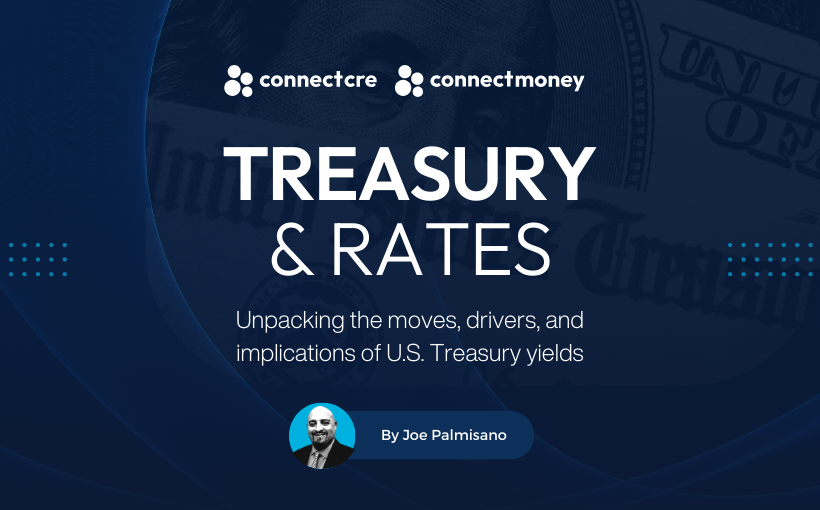

It’s been exactly one week since Fed Chair Jay Powell reiterated the Federal Reserve’s wait-and-see approach to assessing tariff-driven inflation risks and the timing of potential rate cuts. But in just a few days, market expectations have shifted rapidly, fueled by increasingly dovish signals from several FOMC participants hinting at a possible policy move as early as July.
Testifying before the House Financial Services Committee today, Powell acknowledged emerging divisions within the Federal Open Market Committee (FOMC). Governor Christopher Waller, Fed Vice Chair for Supervision Michelle Bowman, and Chicago Fed President Austan Goolsbee have all recently floated the prospect of cutting rates next month, contingent on contained inflation readings.
Powell himself remained cautious, underscoring the Fed’s data-dependent posture: “For the time being, we are well positioned to wait to learn more about the likely course of the economy before considering any adjustments to our policy stance,” Powell said in prepared remarks.
The Fed Chair again addressed tariff risks directly, noting that while recent trade policy moves could generate upward pressure on prices, the Fed views these effects as likely temporary unless proven otherwise. He stressed that the Committee remains focused on assessing whether these price pressures persist before pivoting policy.
While Powell’s base case continues to emphasize macro resiliency — supported by Atlanta Fed GDPNow forecasts for a solid Q2 rebound — recent labor market leading indicators are deteriorating at the margin. The 4-week moving average of initial jobless claims has climbed to its highest level since 2023, signaling potential softening in hiring momentum. Should this trend accelerate into the July meeting window, FOMC doves will likely press harder for a near-term recalibration.
The U.S. Treasury market has responded decisively to these crosscurrents. Despite persistent tariff-related inflation risks, 10-year U.S. Treasury yields have eased to around 4.29%, marking their lowest levels in nearly two months and reflecting the market’s growing conviction that decelerating growth may ultimately override inflation concerns in driving policy.
Further down the curve, front-end volatility surfaces remain elevated, with the volatility skew indicating rising demand for hedging asymmetric downside risk tied to earlier-than-expected cuts. 1-month expiry Fed funds futures options show heightened demand for July cut hedges, despite base odds of 77% for no move. The front-end richening remains the dominant near-term trade if labor softness deepens.
The 2s5s belly of the curve offers the most tactical convexity, with rapid sensitivity to labor and inflation data over the next four weeks as flows continue to reflect hedge fund and bank client positioning for a possible early Fed shift. Meanwhile, 10-year gamma has stabilized, but risk reversals remain tilted bearish, reflecting ongoing uncertainty about the inflation-growth mix.
In this environment, fixed-income investors may want to remain tactical as 1-month to 2-month front-end volatility is attractive for hedged directional trades. One can maintain some flexibility around the belly until incoming claims data confirms or negates the case for an early easing.
Money markets continue to heavily discount a July move, while September has emerged as the more probable inflection point, with 80% odds of an initial cut now priced. OIS markets continue to reflect a full 50 basis points of easing priced for 2025, but path dependency remains highly sensitive to upcoming labor and inflation prints.
Please share your comments below and click here for prior editions of “Treasury & Rates.”
The post Fed Chair Powell Signals Patience as Fed Officials Float July Cuts appeared first on Connect CRE.






